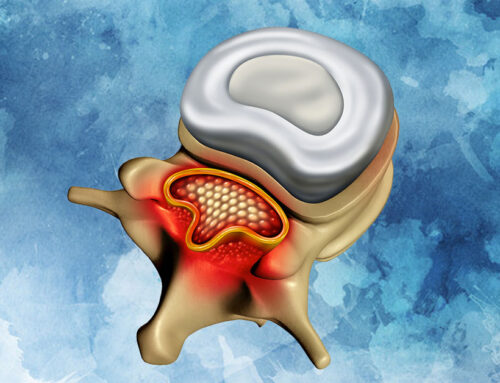
Artificial disc replacement (ADR) has revolutionized the treatment of chronic back pain caused by degenerative disc disease (DDD). For many patients, ADR offers a promising alternative to traditional spinal fusion surgery, preserving natural motion and potentially reducing the risk of future spinal issues. This blog explores what artificial disc replacement is, the procedure, benefits, risks, and considerations for those considering this innovative treatment.
What is Artificial Disc Replacement?
Artificial disc replacement involves removing a damaged intervertebral disc and replacing it with an artificial one. The goal of the procedure is to maintain normal spinal motion while alleviating pain and discomfort caused by the degenerative disc.
Understanding Degenerative Disc Disease
Degenerative disc disease occurs when the intervertebral discs, which act as cushions between the vertebrae, begin to deteriorate. This can lead to significant pain, stiffness, and reduced mobility. Factors contributing to DDD include aging, genetics, and physical wear and tear.
The Artificial Disc Replacement Procedure
- Preparation: Patients are placed under general anesthesia. The surgical approach depends on the location of the affected disc; for lumbar discs, an abdominal incision is made, while for cervical discs, an incision is made in the neck.
- Removal of the Damaged Disc: The surgeon carefully removes the damaged disc and prepares the space for the artificial disc.
- Insertion of the Artificial Disc: The artificial disc, typically made of metal and medical-grade plastic, is inserted into the space. It is designed to mimic the function and movement of a natural disc.
- Closing the Incision: The incision is closed, and the patient is taken to the recovery room for observation.
Benefits of Artificial Disc Replacement
- Preservation of Motion: Unlike spinal fusion, which limits movement, ADR maintains natural motion in the treated segment of the spine. This can reduce stress on adjacent discs and lower the risk of further degeneration.
- Reduced Recovery Time: Many patients experience a quicker recovery compared to spinal fusion. Most can return to normal activities within a few weeks, although full recovery may take several months.
- Long-Term Pain Relief: Studies show that ADR provides significant and sustained pain relief for many patients, improving their quality of life and ability to perform daily activities.
Risks and Considerations
As with any surgical procedure, artificial disc replacement carries certain risks:
- Surgical Risks: These include infection, bleeding, and complications related to anesthesia.
- Implant Risks: There is a possibility of implant failure, displacement, or wear over time.
- Nerve Damage: The surgery may pose a risk of nerve damage, leading to numbness, weakness, or pain.
- Allergic Reactions: Some patients may have allergic reactions to the materials used in the artificial disc.
Who is a Candidate for Artificial Disc Replacement?
Ideal candidates for ADR are typically younger, non-obese individuals with single-level disc degeneration who have not responded to conservative treatments like physical therapy or medications. Patients with conditions such as multiple degenerative levels, severe spinal instability, osteoporosis, or spinal infections may not be suitable for ADR and may need to consider alternative treatments like spinal fusion.
Postoperative Care and Recovery
- Hospital Stay: Patients typically stay in the hospital for one to three days post-surgery. Pain management and monitoring for complications are priorities during this period.
- Physical Therapy: Rehabilitation usually begins soon after surgery, focusing on restoring strength, flexibility, and normal movement patterns.
- Activity Restrictions: Patients are advised to avoid heavy lifting, high-impact activities, and prolonged sitting during the initial recovery period. Gradual resumption of normal activities is encouraged.
- Follow-Up Care: Regular follow-up appointments with the surgeon are crucial to monitor healing and the position of the artificial disc.
Artificial disc replacement offers a promising solution for individuals suffering from chronic back pain due to degenerative disc disease. By preserving spinal motion and providing long-term pain relief, ADR can significantly enhance the quality of life for suitable candidates. However, it is essential to thoroughly evaluate all factors and consult with a spine specialist to determine if ADR is the right option for you.
As medical technology continues to advance, artificial disc replacement remains at the forefront of spinal surgery innovations, providing hope and relief for countless patients seeking a pain-free and active life.







